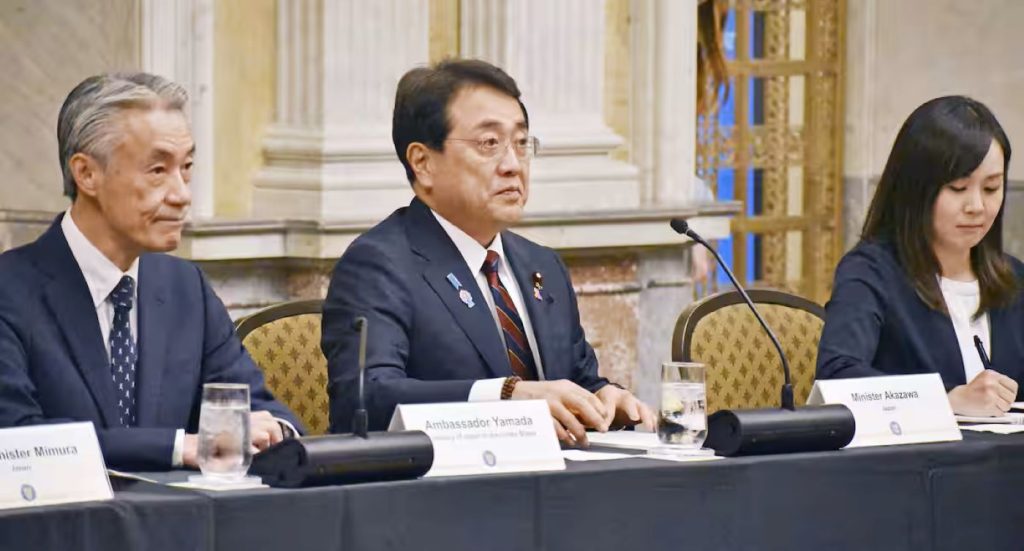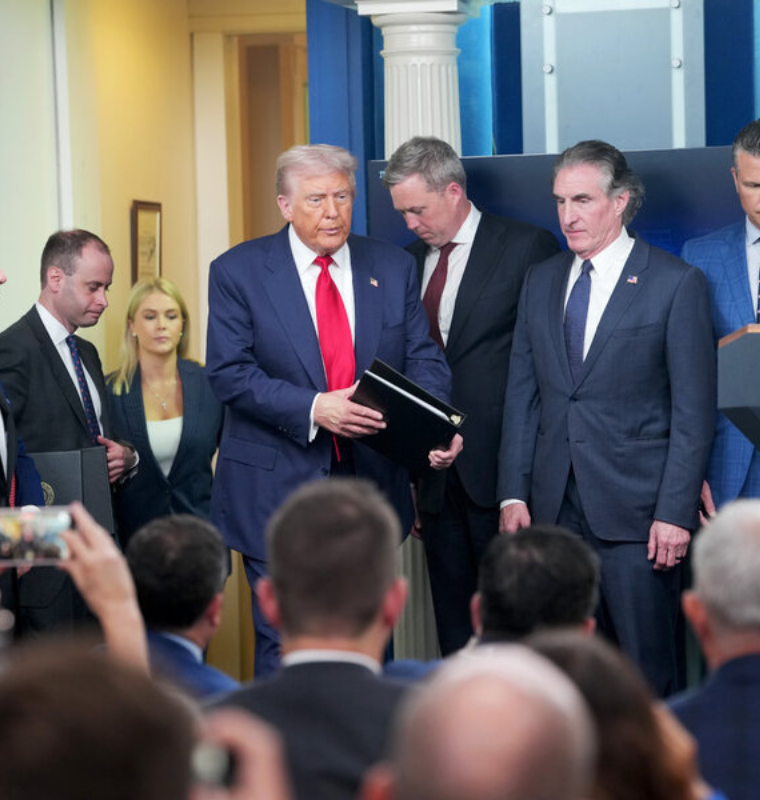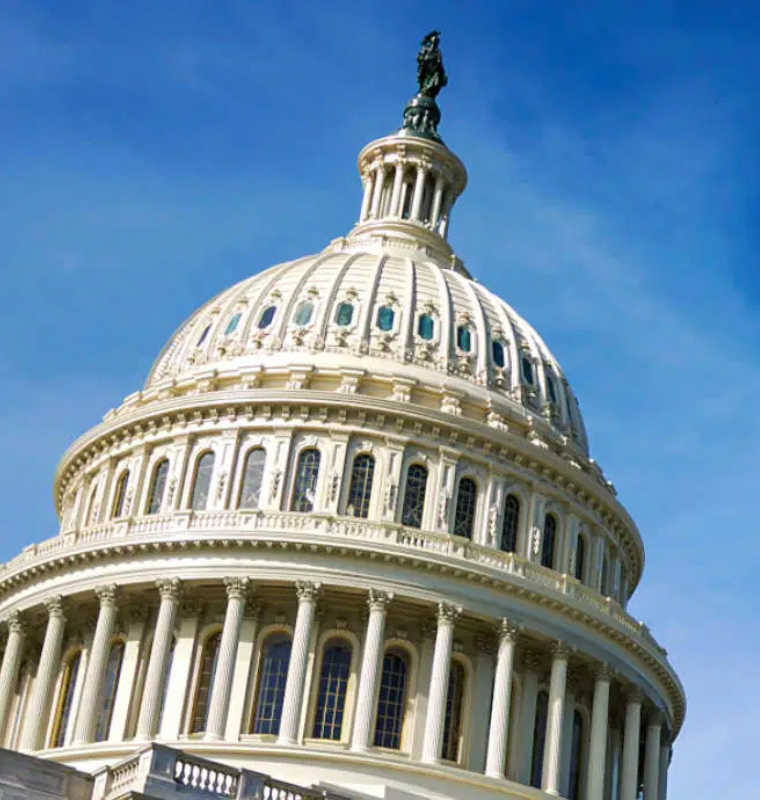U.S.–Japan Trade Deal Eases Tension but Highlights How Tariff Expectations Have Shifted
U.S.–Japan Trade Deal Eases Tension but Highlights How Tariff Expectations Have Shifted
By
David Goldfarb
Last updated:
July 23, 2025
First Published:
August 6, 2025

Photo: Japan Forward
U.S.–Japan Trade Agreement Reveals How Shifting Tariff Expectations Shape Market Sentiment
In a move that would have been unthinkable just a year ago, financial markets welcomed a 15% tariff on Japanese exports to the U.S. as a sign of diplomatic progress. This reaction, while counterintuitive on the surface, reflects how much the global trade environment has changed under the Trump administration—and how the psychology of pricing, particularly the "anchoring effect," now plays a central role in international negotiations.
A ‘Massive’ Deal—But for Whom?
Late Tuesday, U.S. President Donald Trump announced what he called a “massive” trade agreement with Japan. Under the new deal, Washington will gain broader access to key Japanese markets, including automobiles and agricultural products like rice—sectors that had long been sticking points in bilateral discussions.
As part of the agreement, Japan will face a 15% tariff on certain exports to the U.S.—a figure that might have triggered concern in traditional trade environments. But following a 25% tariff that was briefly imposed by the U.S. earlier this month, this new rate seems almost generous in comparison.
Brian Jacobsen, Chief Economist at Annex Wealth Management, put it bluntly: “It’s a sign of the times that markets would cheer 15% tariffs. A year ago, that level would have sparked fears of a trade war. Today, we breathe a sigh of relief.”
The Anchoring Effect: Tariff Psychology at Work
This phenomenon is a textbook example of the anchoring effect, a cognitive bias where individuals rely heavily on the first piece of information offered (the "anchor") when making decisions.
In trade terms, the initial 25% tariff became the mental reference point. So when that number dropped to 15%, even though it’s still a substantial tax on trade, it felt like a win—both for Japan and for global markets. It’s the same tactic companies use in retail pricing: set a higher starting price, then offer a "discount" to make the revised price seem more attractive.
Extension of China Tariff Suspension Also in Play
Alongside the Japan announcement, the Trump administration is also signaling it may extend a suspension on certain tariffs affecting China. This could calm markets already rattled by long-running trade tensions with Beijing. While details are still emerging, officials suggest a more collaborative tone is being adopted behind closed doors.
Market Reactions Reflect Mixed Sentiment
Despite lingering trade uncertainty, U.S. equities responded positively. The S&P 500 closed at a fresh record high, reflecting investor optimism over easing tensions. However, not all signals are bullish. Goldman Sachs recently issued a warning about weakening indicators in the U.S. economy, suggesting caution as fiscal and monetary pressures mount.
Meanwhile, former hedge fund manager and economic commentator Jason Bessent argued that Federal Reserve Chair Jerome Powell has no need to step down, pushing back on speculation that policy missteps may have eroded his credibility.
Bottom Line: Tariffs Are Still Tariffs—Even at 15%
While the new deal between the U.S. and Japan offers a momentary reprieve and improved market access, it should not distract from the reality that 15% tariffs are still significant, especially for industries operating on thin margins. What was once cause for alarm is now perceived as a relief, not because it's easy—but because things had been worse.
As international trade policy continues to be shaped by strategy, psychology, and politics, businesses and investors alike must remain alert to both the numbers and the narratives behind them.
Popular articles
Subscribe to unlock premium content
Disney’s Timeless Magic and How the Entertainment Giant Continues to Shape Culture and Innovation

Imran Khan’s Economic Missteps Amid Political Chaos in Pakistan

The Philippines’ Digital Shift How Remittances and BPO Are Fueling Growth

Disney’s Timeless Magic and How the Entertainment Giant Continues to Shape Culture and Innovation

Imran Khan’s Economic Missteps Amid Political Chaos in Pakistan

Disney’s Timeless Magic and How the Entertainment Giant Continues to Shape Culture and Innovation









